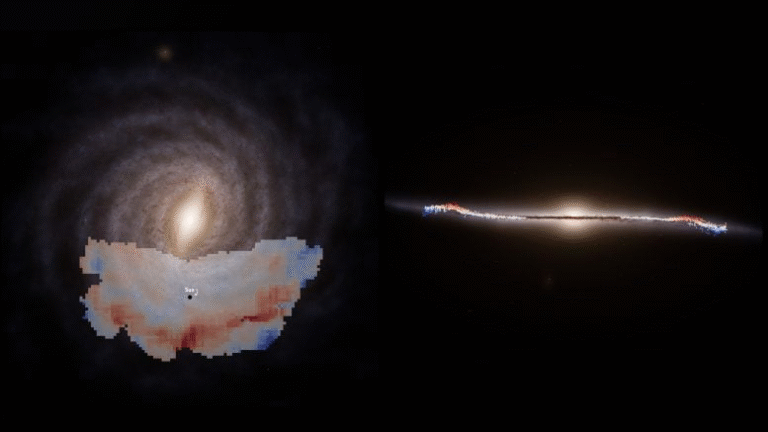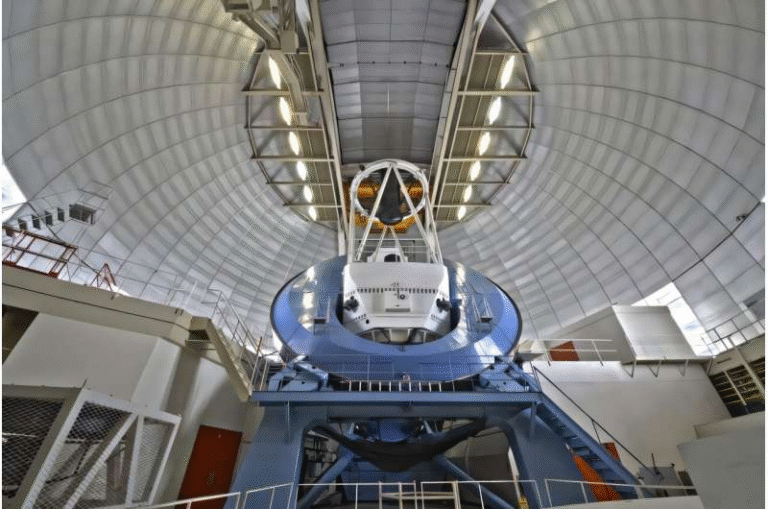Insects Could Become a Sustainable Food Source for Long-Duration Space Missions

Researchers in Europe are taking a closer look at insects as a potential reliable, nutritious, and sustainable food source for astronauts on future long-duration missions. The idea may sound unusual to some, but insects have been part of human diets for centuries and are already eaten by billions of people around the world. Now, the question isn’t whether humans can eat insects in space — it’s whether these tiny organisms can survive, grow, reproduce, and thrive under the extreme conditions of spaceflight.
Why Insects Are Being Considered for Space Food Systems
Insects offer several advantages that make them stand out when planning food systems beyond Earth. They are lightweight, nutrient-dense, and extremely efficient at converting inedible materials into biomass that humans can eat. Many species are rich in high-quality protein, healthy fatty acids, iron, zinc, and B vitamins, giving them a nutritional profile comparable to, or even better than, traditional animal proteins.
Another key benefit is their sustainability. Insects require minimal water, land, and feed compared to plants or livestock. In a closed-loop life-support system — the kind needed for long stays on the Moon, Mars, or deep-space missions — insects could play a critical role in recycling nutrients, breaking down waste, and producing fresh protein on demand.
European researchers, coordinated by the European Space Agency (ESA), are now exploring exactly how feasible it is to integrate insects into astronaut diets.
A Long History of Insects in Space Research
Insects have been involved in space research since the early days of rocket testing. In 1947, fruit flies became the first animals to reach space and return alive, providing early data on radiation exposure. Since then, fruit flies have been used extensively to study development, behavior, and physiology in microgravity because they share many biological pathways with humans.
Over the decades, many other insects and small invertebrates have been sent to space:
- Bumblebees
- Houseflies
- Stick insects
- Ants
- Caterpillars
- Water bears (tardigrades)
Different species showed different abilities to cope with space:
- Ants performed surprisingly well by clinging to surfaces even in microgravity.
- Stick insects had trouble with movement, radiation, and reproduction.
- Tardigrades famously survived direct exposure to outer space in an ESA experiment in 2007, demonstrating their extreme resilience.
Fruit flies, however, remained the most studied. They have successfully completed full life cycles in microgravity, from fertilized egg to mature adult capable of producing the next generation. This makes them a valuable model for understanding how space affects reproduction and development — both critical factors for future space farming systems.
What the Latest ESA-Supported Study Found
A new review published in Frontiers in Physiology pulls together decades of scattered data to understand how insects cope in space and whether they could be viable as edible species for astronauts.
The study highlights several key findings:
- Microgravity does not significantly disrupt the development or behavior of many insect species.
- Several insects show strong tolerance for physical stress, including changes in gravity.
- Insects have high potential for nutrient recycling, making them strong candidates for closed-loop systems.
- Despite their resilience, there are still major knowledge gaps, especially concerning long-duration exposures.
Many past experiments had major limitations. For example:
- Numerous studies took place during parabolic flights that only created microgravity for a few minutes.
- Even experiments aboard space stations rarely exceeded 50 days, which is shorter than a complete life cycle for many insects.
- Most available data is from 1960 to 2000, and newer technology could reveal much more precise insights.
ESA researchers want to run longer, controlled studies to observe insects completing all stages of their life cycle in orbit — from reproduction to growth to adulthood.
Edible Insects Already Authorized for Human Consumption in Europe
Two species frequently used in space-related experiments — the house cricket and the yellow mealworm — are already authorized for sale and human consumption by the European Food Safety Authority (EFSA).
Crickets, for example, are commonly ground into cricket flour, which can be used to make protein-rich bread, pasta, or even cereal bars. ESA astronaut Samantha Cristoforetti brought a blueberry cereal bar made with cricket flour on her 2022 mission.
These edible insects are gaining popularity on Earth because of their flavor versatility:
- Crickets often have a nutty, slightly smoky taste.
- Mealworms can resemble bacon when cooked.
- Ants may offer a natural citrus-like tang.
Given their nutritional profile and culinary flexibility, they could eventually become a normal part of astronaut meals — but only once scientists fully understand how they behave in space.
Challenges That Still Need Solutions
Before insects officially make it onto space menus, researchers must tackle several important challenges:
1. Completing full life cycles in space
Many insects have not yet been observed reproducing and developing across multiple generations in microgravity.
2. Impact of microgravity on physiology
Some species may experience subtle physiological changes that could affect their nutrition, health, or ability to breed.
3. Effects of space radiation
Radiation exposure during long missions could harm development or reproduction.
4. Designing suitable habitats
Insect farming modules in space need to address:
- Ventilation
- Waste management
- Feeding systems
- Secure containment
- Automated harvesting
5. Ensuring food safety
Space conditions may affect insects’ microbiomes or immune systems, potentially increasing pathogen risks.
Though insects are hardy, space is still a harsh environment, and reliable long-term farming requires understanding every detail.
A Closer Look: Why Insects Might Thrive Where Other Organisms Struggle
Insects have several traits that could make them ideal for extraterrestrial agriculture:
- Short generation times, allowing fast adaptation.
- High reproductive rates, ideal for continuous protein production.
- Ability to survive on organic waste, helping recycle nutrients inside a spacecraft or habitat.
- Low space and resource demands, critical for life-support systems beyond Earth.
In a fully closed-loop habitat — such as a Lunar base or Mars settlement — insects could become an essential link in maintaining biological balance.
The Next Steps in Space Insect Research
ESA and European partners are currently designing new experiments to study insects directly under microgravity. These future experiments will focus on:
- Long-term exposure
- Reproductive cycles
- Multi-generational studies
- Physiological changes
- Habitat design
- Integration into bioregenerative life-support systems
The goal is not just to see if insects can survive in space, but whether they can sustain stable populations, produce consistent nutritional profiles, and form a reliable component of long-term astronaut diets.
If successful, insects could become part of the next generation of space agriculture systems, alongside plants, algae, and microbial reactors.
Why This Research Matters for Life on Earth Too
Studying insect farming in extreme environments such as space can also improve sustainable food systems on Earth. Techniques developed for efficient, low-waste, automated insect farming in orbit could be adapted for:
- Remote regions
- Disaster-relief operations
- Urban vertical farms
- Sustainable protein initiatives
Space research often brings technology back home — and insect agriculture may be another example of that.
Research Source:
Insects in outer space: assessing the effects of microgravity on edible and model insect species for spaceflight food system





